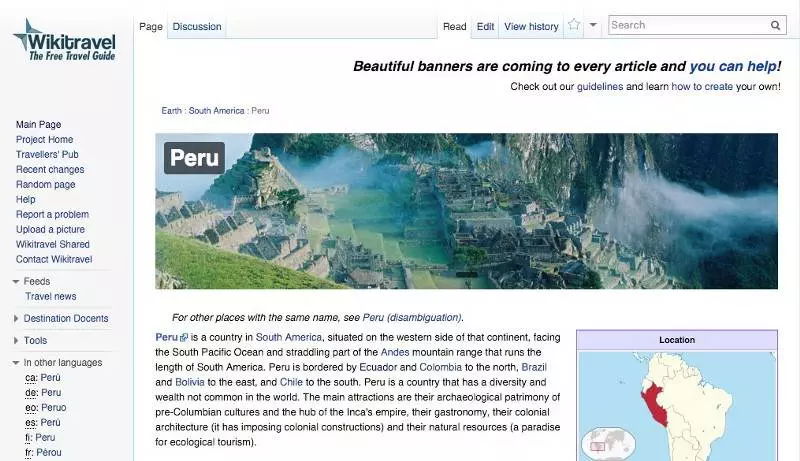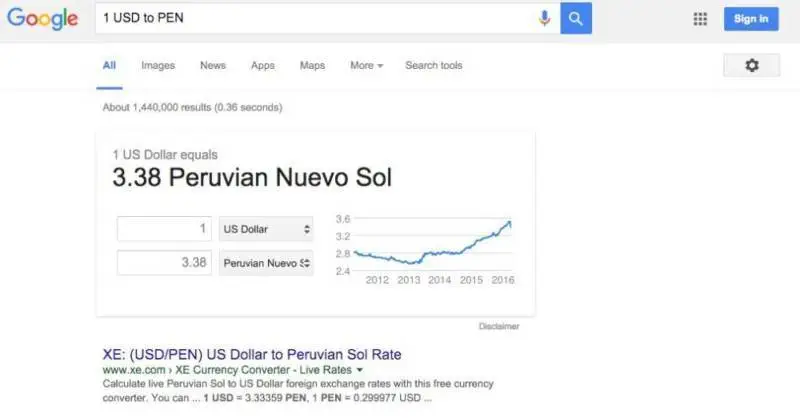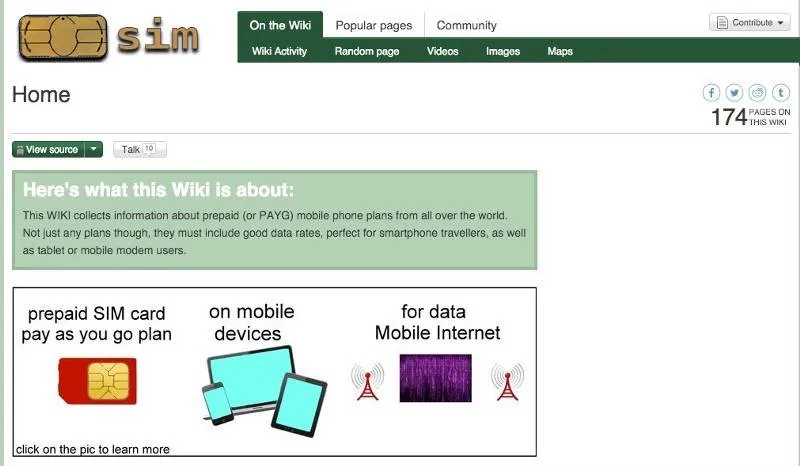How to research your travels quickly — the only four pages you need to check
Table of Contents
Stop me if any of these have happened to you:
- You’ve just arrived at the airport and need to exchange money, but forgot to research the exchange rates.
- You have no idea on the best way to leave the airport.
- You forget if the tap water is drinkable or not.
- You see the locals at their local customs but don’t know how or if you should reciprocate.
I have kind of a confession to make: I love researching our travels.
So does my wife. While there are definitely times I wish we didn’t have to research all the time, it does come with the territory when you’re getting off the beaten path. You certainly don’t need to be spending hours planning out every last little detail (which can never be 100% accurate, thanks to out-of-date guidebooks and websites)… but you do need to put in at least a little time before arriving.
What’s not here?
The U.S. Department of State’s pages on countries around the world made my first shortlist… until I remember this little stunt they pulled last year. In short, the entire world got placed under a ‘Travel Alert’, the second highest type of warning they offer. For better or worse, their advice is often specific to the Americans they try to nanny, since quite a few countries rightfully have negative views on Americans specifically.
Also not here: any resources from guidebook companies. If you like the guidebooks, you’ve probably had a decent look at them. If you haven’t, put it in your bathroom, on your nightstand, or somewhere you’ll see it whenever you have a few minutes to spare.
Presenting the three pages to read — all of which should load well, even on a slow WiFi connection.
The Wikitravel page for the city and/or country

I’m counting the city and country pages as one here because they’ll load fast, and you’ll see links from one to the other as you go. Read these and take notes from them, as they offer a great primer to the city / country, along with some of the more common warnings or things travelers need to know.
A Google query for the current exchange rate

Google something like ‘1 USD to PEN’ (Peruvian sol, to use a recent example from my own travels) to be shown the current mid-market rate. Since the mid-market rate is by definition the halfway point between the ‘buy’ and ‘sell’ rate, you’re extremely unlikely to exchange money at that rate. Once this page is loaded, you can change the amounts without needing to reload the page — the math is done in the browser at that point.
The Prepaid SIM Wikia page for the country

Head to https://prepaid-data-sim-card.fandom.com/wiki/Prepaid_SIM_with_data, then choose where you’re going. This has been by far the most thorough introduction to the SIM cards and packages available to you while staying in a country. If you’re bringing a smartphone (and really, who isn’t these days?), it behooves you to know which carrier offers the best service or how to activate a data package.


